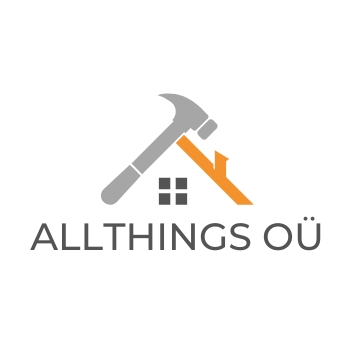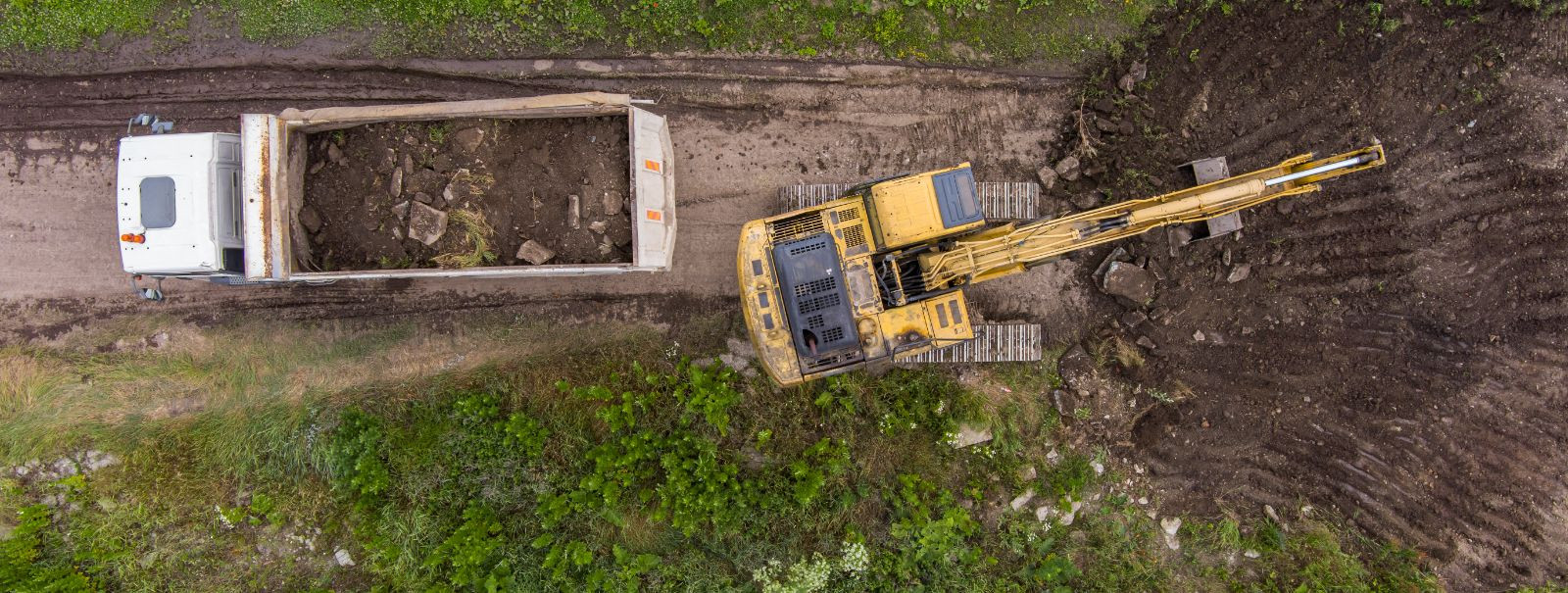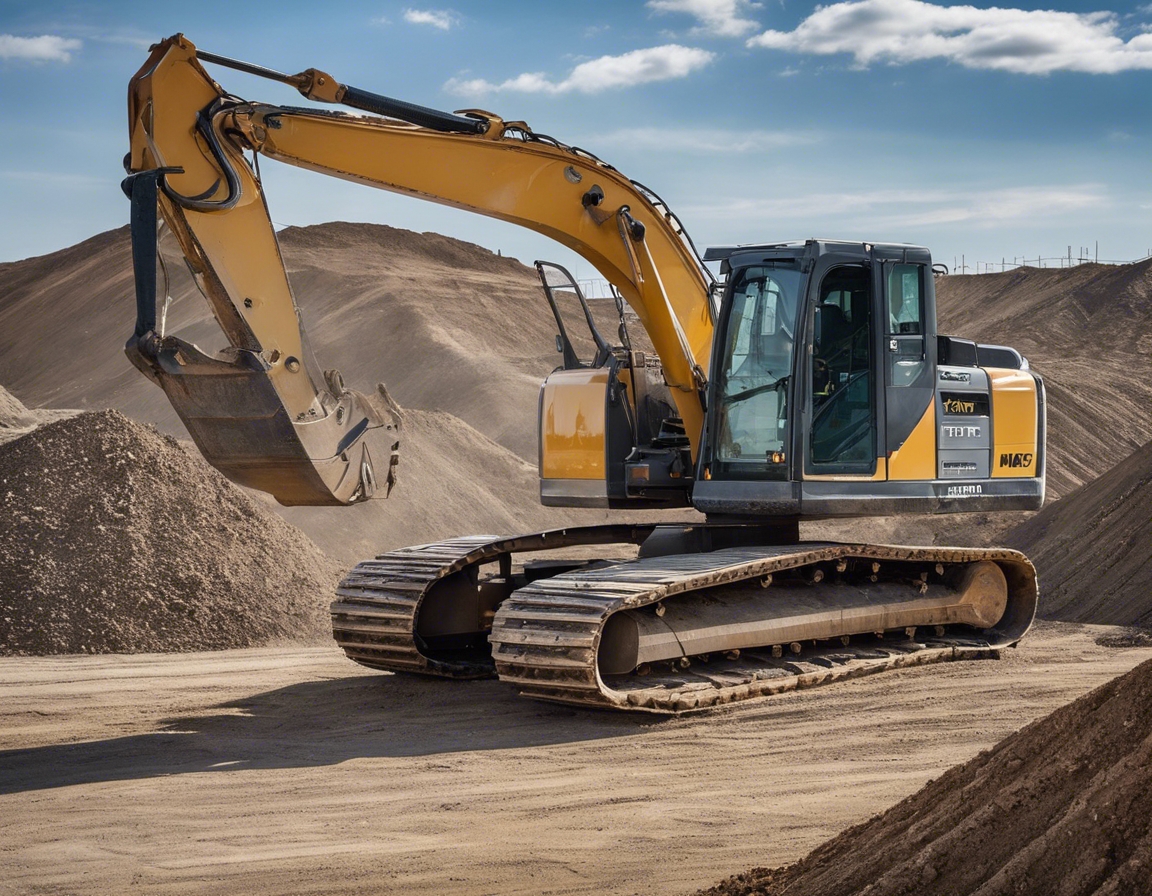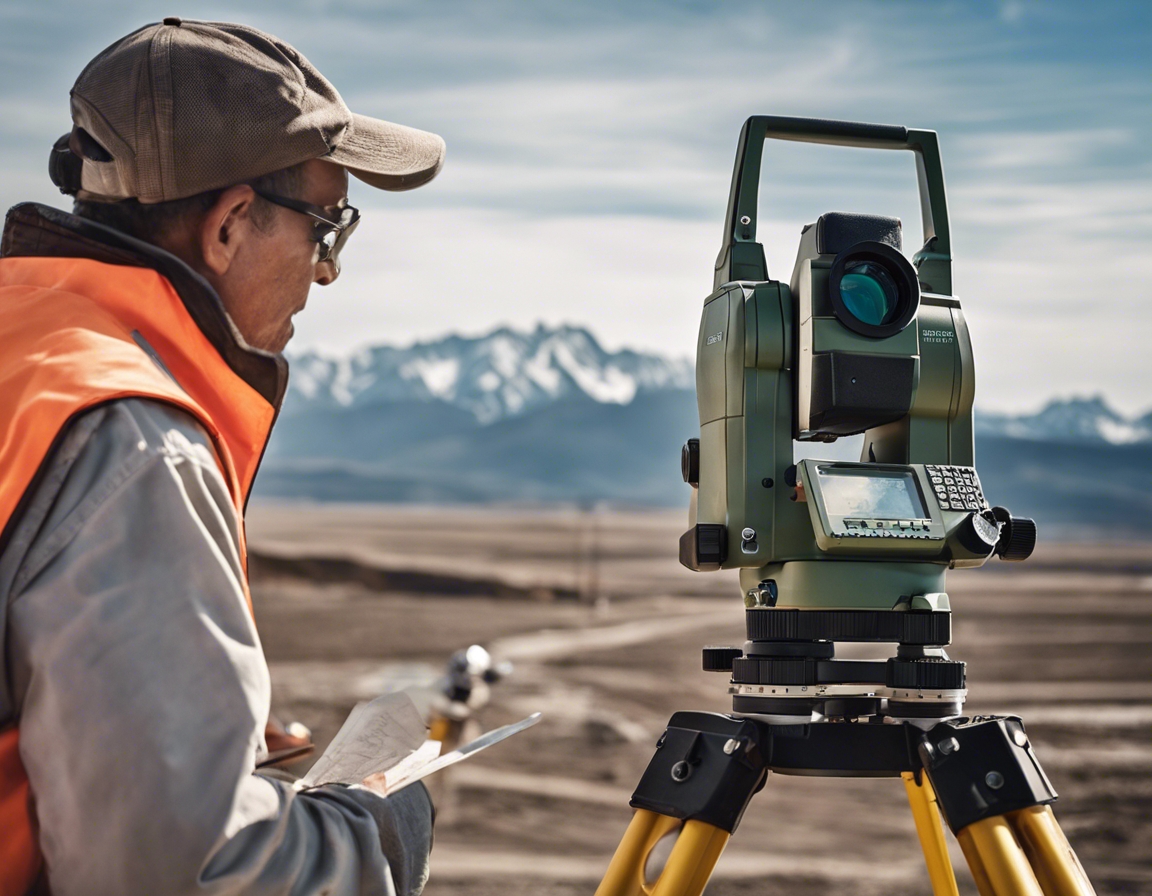Innovative construction techniques for modern projects
The construction industry is undergoing a significant transformation, driven by the need for efficiency, sustainability, and innovation. Modern construction techniques are reshaping how projects are planned, executed, and maintained, offering new opportunities for construction companies, real estate developers, and industrial businesses to enhance their operations.
Prefabrication and Modular Construction
Prefabrication involves assembling building components in a factory setting before transporting them to the construction site. This method offers numerous benefits, including reduced construction time, improved quality control, and minimized waste. By manufacturing components in a controlled environment, construction companies can ensure precision and consistency, leading to higher-quality outcomes.
Prefabrication is particularly advantageous for projects with repetitive elements, such as residential developments, hotels, and office buildings. It allows for faster project completion and can significantly reduce labor costs, making it an attractive option for developers seeking cost-effective solutions.
3D Printing in Construction
3D printing technology is revolutionizing the construction industry by enabling the creation of complex structures with unprecedented precision. This technique reduces material waste, lowers labor costs, and accelerates construction timelines. Additionally, 3D printing allows for greater design flexibility, enabling architects and engineers to explore innovative architectural forms.
3D printing is being used to construct everything from residential homes to commercial buildings and infrastructure projects. Its ability to produce customized components on-demand makes it a valuable tool for projects requiring unique design elements or rapid prototyping.
Sustainable Construction Practices
Sustainability is a key focus in modern construction, with an emphasis on using eco-friendly materials that reduce environmental impact. Green building materials, such as recycled steel, bamboo, and low-VOC paints, contribute to healthier indoor environments and lower carbon footprints.
Energy-efficient designs are integral to sustainable construction, incorporating features like solar panels, green roofs, and advanced insulation systems. These designs not only reduce energy consumption but also enhance the long-term value of properties by lowering operational costs.
Advanced Machinery and Automation
Robotics is playing an increasingly important role in construction, automating tasks such as bricklaying, concrete pouring, and demolition. These technologies improve safety by reducing the need for manual labor in hazardous environments and increase productivity by performing tasks with precision and speed.
Drones are transforming site management by providing real-time aerial data and imagery. They enable project managers to monitor progress, assess site conditions, and identify potential issues quickly, leading to more informed decision-making and efficient project execution.
Building Information Modeling (BIM)
Building Information Modeling (BIM) is a digital representation of a building's physical and functional characteristics. It facilitates collaboration among architects, engineers, and contractors by providing a shared platform for project information. BIM enhances communication, reduces errors, and streamlines project workflows.
By integrating BIM into construction processes, companies can improve project outcomes through better planning, design optimization, and risk management. BIM allows for virtual simulations and clash detection, minimizing costly rework and ensuring projects are completed on time and within budget.
Smart Construction Technologies
The Internet of Things (IoT) is enabling smarter construction sites by connecting equipment, sensors, and systems. IoT technology provides real-time data on equipment performance, site conditions, and worker safety, allowing for proactive maintenance and improved resource management.
AR and VR technologies are enhancing construction planning and visualization by providing immersive experiences. These tools allow stakeholders to explore virtual models of projects, identify design issues early, and make informed decisions, ultimately leading to more successful project outcomes.






Comments (0)